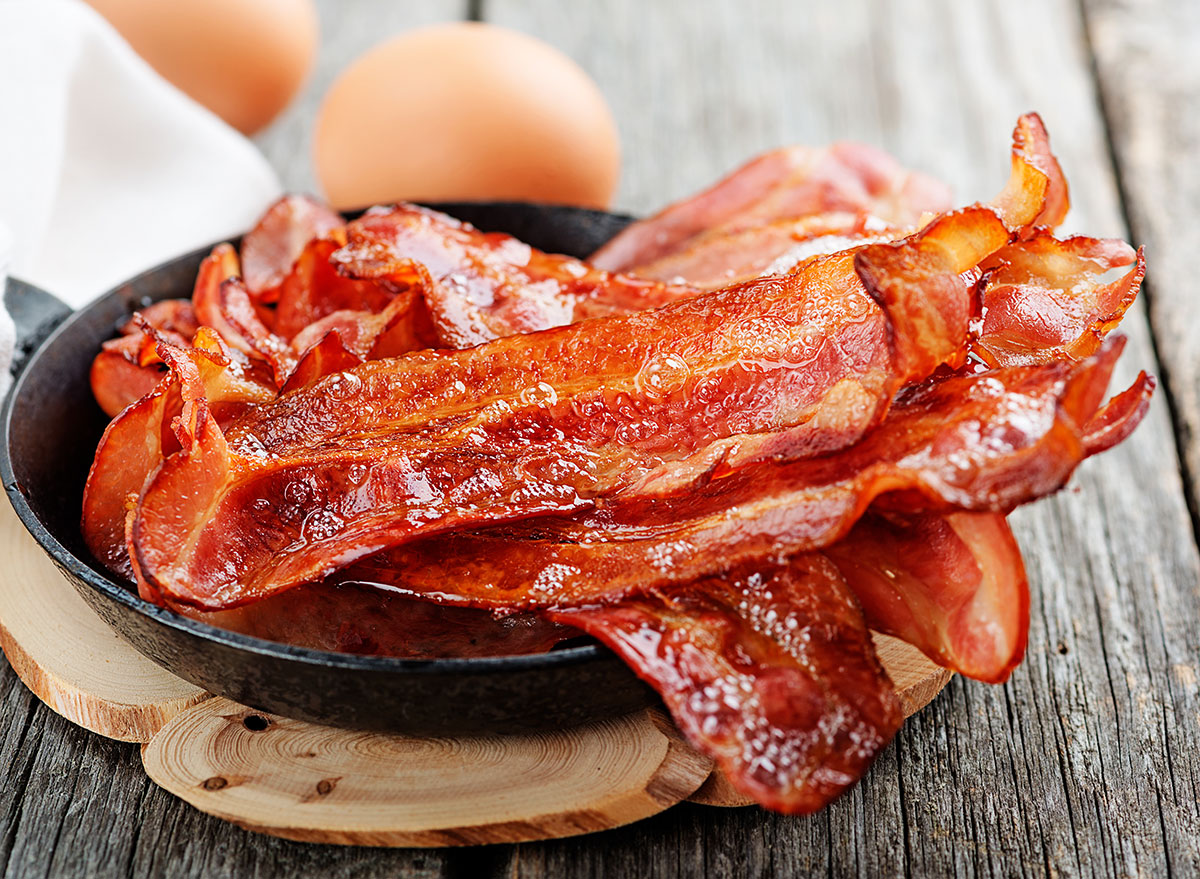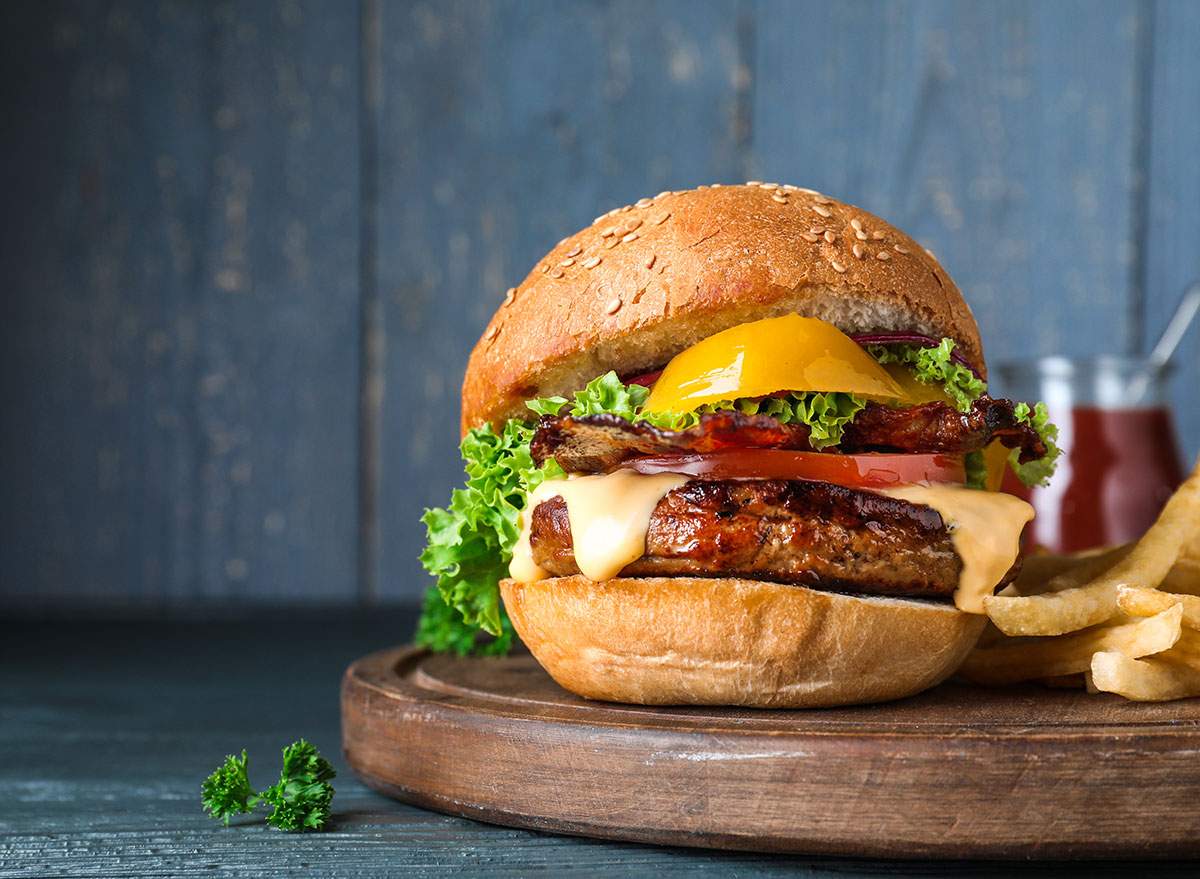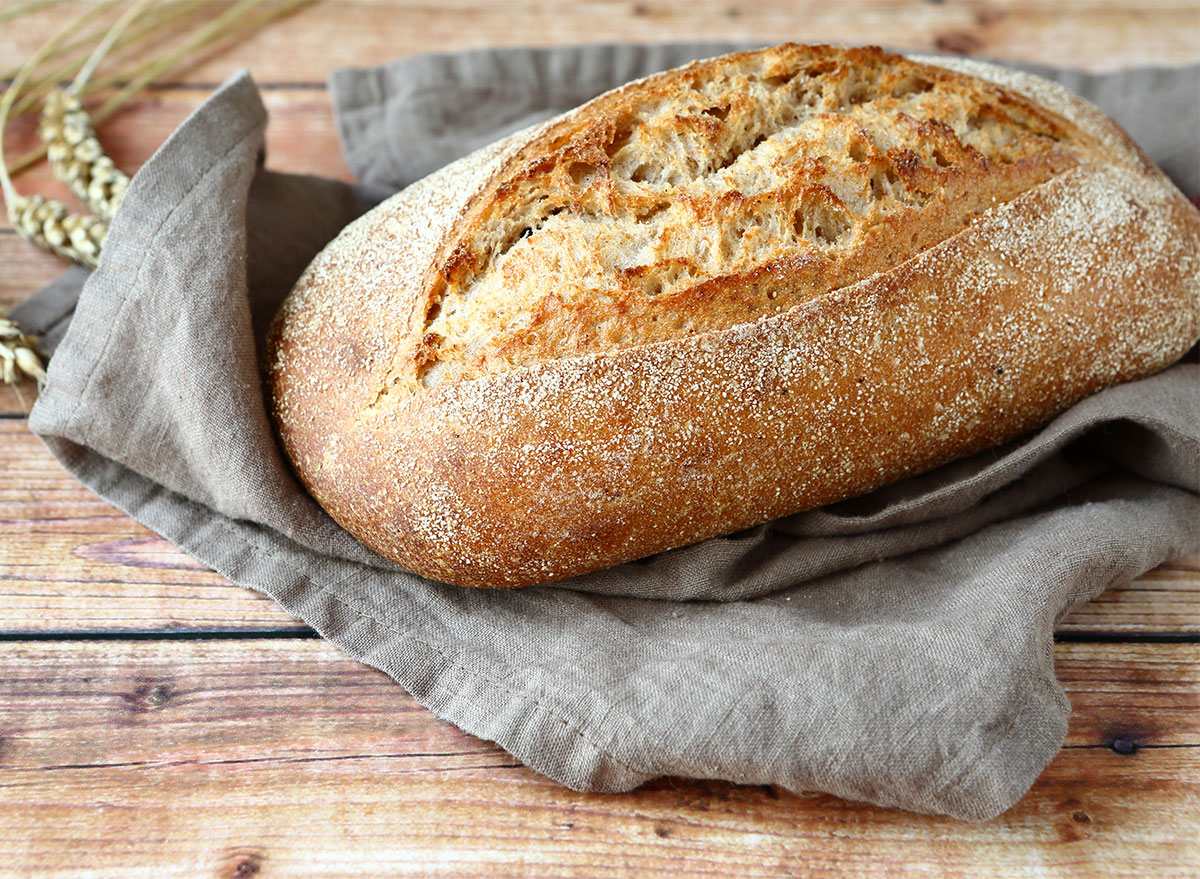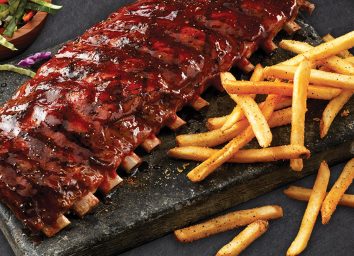5 Restaurant Foods Likely Going Up in Price After Reopening

After months of cooking for ourselves and figuring out how to combine pantry staples into something that resembles an exciting new recipe, things are looking up for some parts of the country. Restaurants are gradually reopening, but needless to say, your neighborhood spot is going to look a bit different than it did in pre-coronavirus times.
Food prices have already been going up lately due to the combination of increased demand, pantry hoarding, and a decrease in available food laborers. And according to recent forecasts from the USDA, that trend is only going to continue as the year goes on. As more data becomes available from grocery suppliers, we can start to figure out what a post–shut down restaurant world will cost—restaurant owners have to buy groceries just like the rest of us.
Overall, prices may increase, considering the fact that there will be limited occupancy and empty tables. But the primary reason it's going to become more expensive to dine out is all about the ingredients themselves. Here are five foods that are likely to contribute to rising menu prices, and what you can expect. Sign up for our newsletter to get the latest food news delivered straight to your inbox.
Hamburgers

Meatpacking plants have been riddled with issues due to high infection counts and sudden closures. As a result, the price of ground beef has comparatively skyrocketed. By some estimates, millions of pounds of meat were lost to the closures and slowdowns. One diner owner in particular mentioned that their hamburger prices have doubled, and many others have added "meat surcharges" to their overall prices or warning signs at the registers as well. If the ground beef issues are hitting places like Wendy's, you can bet it'll hit smaller players as well, so start thinking about veggie burgers as a good alternative this summer. Still craving a burger? These places have the fastest takeout right now.
Bacon

While the overall meat industry is unsteady, the pork industry was particularly hard-hit by coronavirus. A lot of labor is involved in our food system—especially where animals are concerned—so the food items that require a lot of labor will increase in price. The L.A. Times calls it "crisis mode" for pork producers, and while there's plenty of pigs available (too much for the comparably low demand, even), it's the increased cost of packing and processing due to a reduced labor force that's causing the backup and the eventual price increase of bacon. Here are best and worst bacons at the supermarket, should you choose to go that route.
Eggs

As the price of meat continues to increase, people are turning to other protein sources. And when demand increases, prices increase as well. That's what's happening to eggs right now. Prices grew 16 percent from March to April, and had the largest yearly price increase of all the food items that the USDA has been tracking. Expect that glorious brunch plate you always get to come at a slightly higher price.
Anything with fruit

While not all types of fruit have seen an increase in price over the last couple of months, the fact that our typical supply chain is off kilter may have a domino effect on the fruit that restaurants purchase. Fruit has a perishable and delicate nature, which means it needs to be handled well, so if there's an interruption or difficulty with getting the fruit from farm to restaurant table, that may end up reflected on the bill after you order fruit tart for dessert. Plus, it's important to remember that a fair share of the fruit we consume is imported, so the farming situation in other countries can have an outsized impact in what happens here.
Bread products

According to a recent wheat report from the USDA, there has been "a surge in retail buying, as consumers stocked up on staples including flour, bread, and pasta, [which] resulted in a record-high wheat food use for the first three months of 2020." You may have noticed empty flour shelves during the stay-at-home orders, even with "many operations running around the clock" as the report states. Whether it's due to a sudden nationwide urge to bake sourdough or simply the need for a comforting hug in the form of carbs, the combination of increased demand and diminishing supply will surely have an effect on bread products at restaurants. Gluten-free diners, this is your moment to gloat—and for everyone else, it might just mean having to sacrifice the beloved bread basket during your first few restaurant trips.








